Latest NRAO News
News is managed by NRAO News & Public Information. Questions about News? Have a story to share? Want to interview a scientist or create new media about our telescopes?

Pulsars, superdense neutron stars, are perhaps the most extraordinary physics laboratories in the Universe.
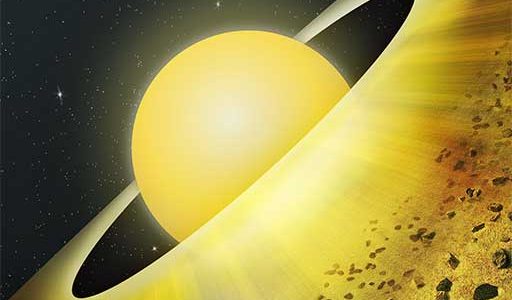
Two new and powerful research tools are helping astronomers gain key insights needed to transform our understanding of important processes across the breadth of astrophysics.
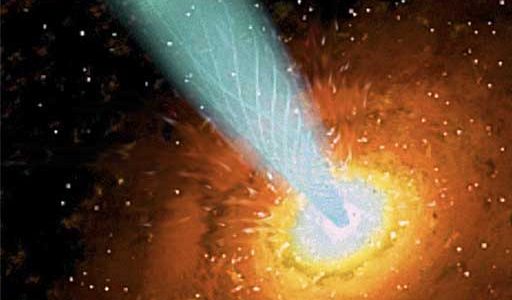
Astronomers using the partially completed ALMA observatory have found compelling evidence for how star-forming galaxies evolve into ‘red and dead’ elliptical galaxies, catching a large group of galaxies right in the middle of this change.
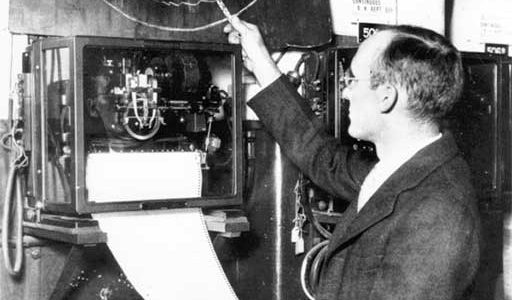
The world’s most famous radio telescope will become the Karl G Jansky Very Large Array to honor the founder of radio astronomy, the study of the Universe via radio waves naturally emitted by objects in space.
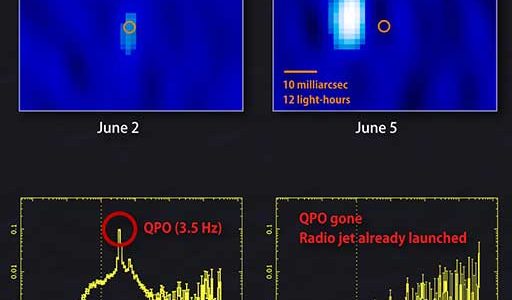
Astronomers have gained an important clue about a ubiquitous cosmic process by pinpointing the exact moment when gigantic bullets of fast-moving material were launched from the region surrounding a black hole.
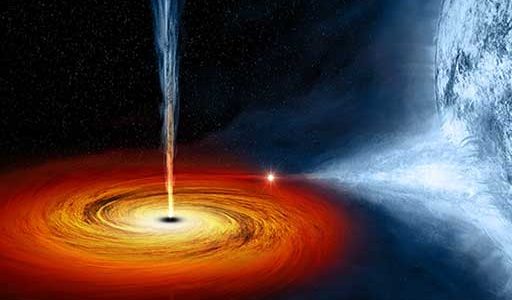
For the first time, astronomers have produced a complete description of a black hole, a concentration of mass so dense that not even light can escape its powerful gravitational pull. Their precise measurements have allowed them to reconstruct the history of the object from its birth some six million years ago.





